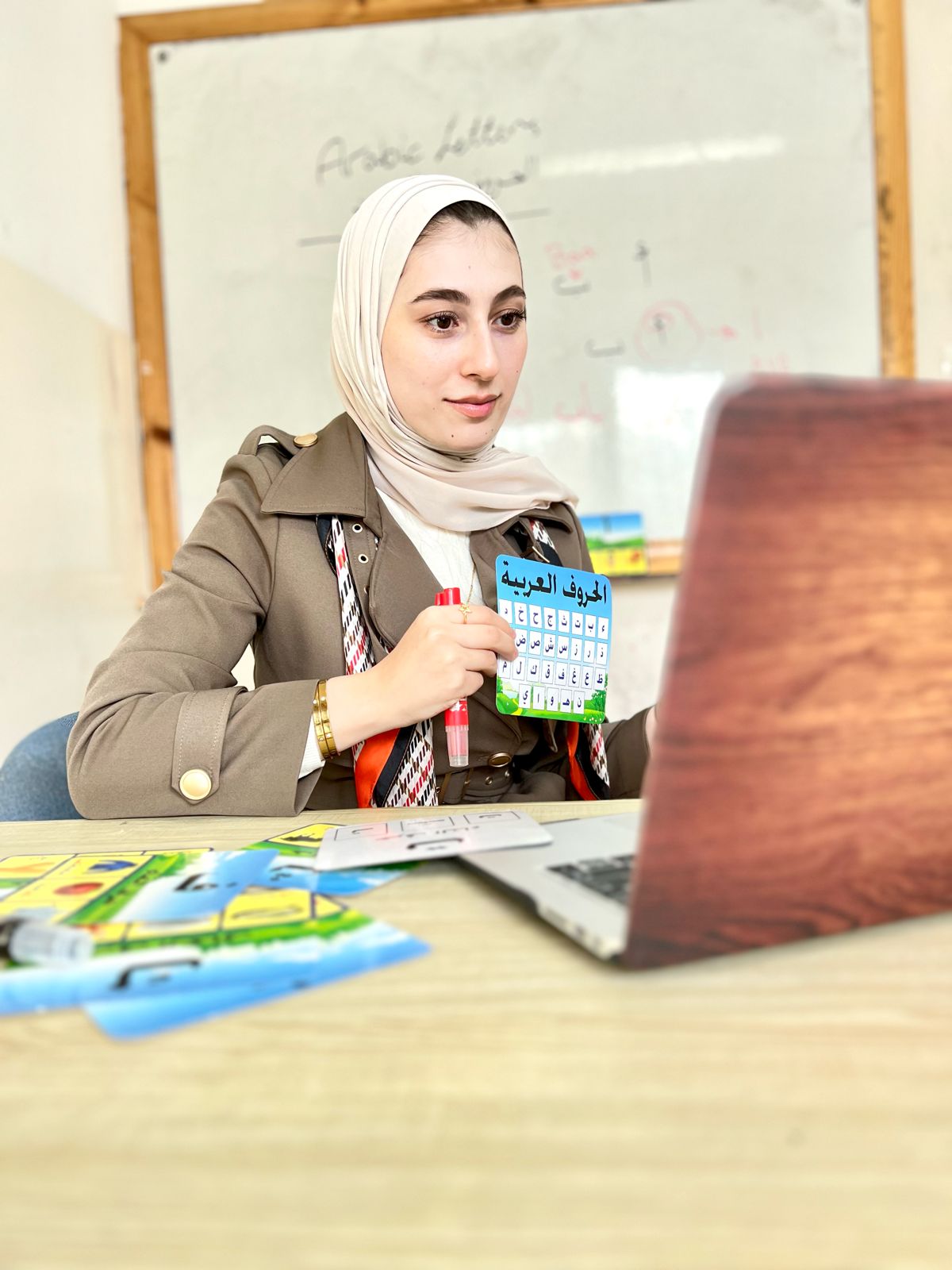A small group of us from The Excellence Center visited the old city in Hebron today, here in early March. It was a lovely, warm day, and the journey through the old city was a remarkable experience in many ways.
The old city was constructed over several hundred years, starting in about 1250 during Mamluk rule (Mamluks were a ‘warrior class’ that developed from ‘slave soldiers’ in the Middle Ages, and siezed power in certain areas, including in the Levant). It is built almost completely of locally quarried limestone, such that the buildings are constructed of thick rock walls that have endured for up to 750 years.
The market area is enchanting, with narrow alleys off the main road leading to mysterious small arched openings and ancient wooden doors. The architecture and antiquity are notable enough that as of 2017 the UN’s world heritage body has recognized the old city of Hebron in the West Bank as a Palestinian world heritage site.
The Center of interest for some locals and visitors alike is the site of Al-Ibrahimi Mosque and the tomb of the Patriarchs. Jews, Christians, and Muslims all venerate the city of Hebron for its association with Abraham (Ibrahim), considered to be a prophet in all three religions.
Walking through the narrow souk, or marketplace, is a colorful experience, both literally and figuratively. All manner of food, spices and bright clothing line the route. The merchants are anxious to produce some income each day and readily engage with passers-by, but they are friendly and easy to leave behind. On the other hand, one of the richest aspects of the day was conversing with the sellers who were fluent in English, as they would speak passionately and eloquently about the situation for Palestinians living especially in Hebron, but also for the difficulties for most Palestinians in the occupied territories and throughout the world.
A notable aspect of the souk is that some of the upper stories of the buildings lining the market are now home to Jewish settlers, who first came to this otherwise Palestinian portion of Hebron in 1968, when a group of Israelis posing as Swiss tourists rented rooms from the main hotel in Hebron and then refused to leave. This group was in fact convinced to move into a new settlement on the outskirts of the city, but in 1979 some Jewish settlers took over some buildings in the area, and with the support of the Israeli government have persisted every since. There are currently four Jewish enclaves in the old city with a population of about 800 people, while the Palestinian population of that portion of Hebron is about 30,000. The Hebron Protocol of 1997 divided the city into two sectors: H1, controlled by the Palestinian Authority and H2 (consisting primarily of the old city), roughly 20% of the city, administered by Israel.
There is considerable antipathy and tension between the resident Palestinians and the Jewish settlers, and in fact the latter are guarded by an entire brigade (somewhere in the neighborhood of 2500 soldiers) of Israeli soldiers, who are very much in evidence. Settlers in the upper stories of the buildings lining the souk regularly throw various objects at the Palestinians below, including rocks and garbage; in response, large areas of the market are covered with wire netting.
An additional form of adversity for Palestinians is that there are currently over 100 physical obstacles, including 18 permanently-staffed checkpoints and 14 partial checkpoints that separate the settlement areas from the rest of the city. Several streets within this area are designated for the exclusive use of settlers and are access restricted for Palestinian traffic and in some streets, Palestinian pedestrians are banned. Obviously, this has made life extremely difficult for Palestinians living there.
Thus a stroll through the souk in the old city of Hebron is a multi-dimension experience, filling senses with the sights, sounds and fragrances of an ancient Arab/Islamic marketplace and medieval architecture, while palpably demonstrating to the visitor the enduring schisms between different human cultures in general and the Muslims and Jews in this part of the world in particular.


